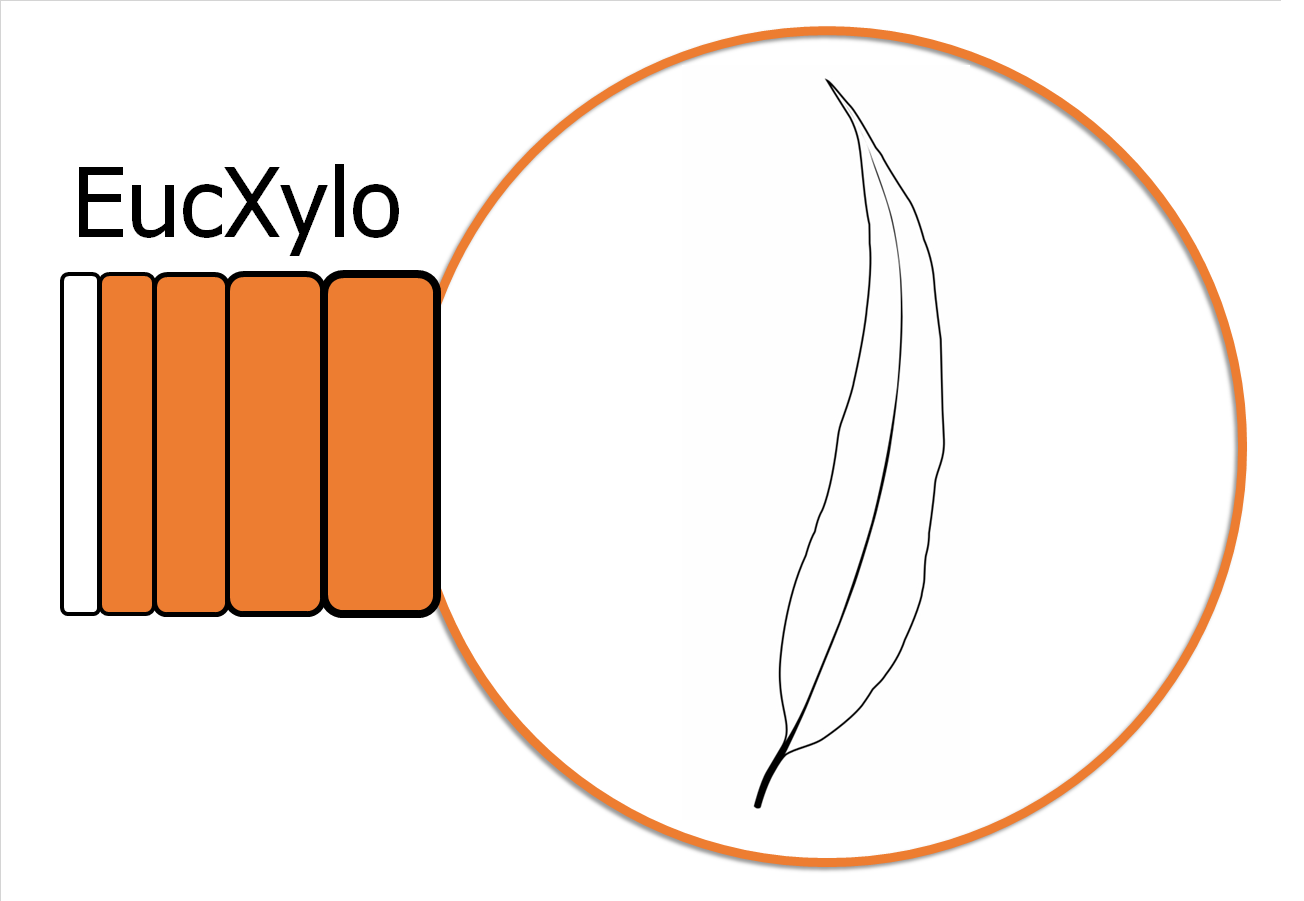
The Hans Merensky Chair in Advanced Modelling of Eucalypt Wood Formation
Understanding xylogenesis in the world's most widely planted hardwood species
Measuring the sound (vibration) of trees
Post authored by Alta Saunders
The EucXylo team are exploring alternative methods to measure cavitation – a new and exciting frontier is awaiting!
During drought conditions water loss through a plant’s stomata can create a negative pressure gradient within the xylem vessels. If this gradient becomes too negative, air bubbles or embolisms can form within the vessels, blocking the water movement through the plant. This phenomenon is also known as cavitation. During the cavitation process the plant emits an acoustic emission, or sound, which can be measured and used as an indication of drought stress. Traditionally acoustic emissions are measured using acoustic microphones, however here at EucXylo we have started to investigate the use of alternative methods to measure these cavitation events.
During the cavitation event, the sound vibration (or wave) travels through the stem of the plant causing minor displacements at the stem surface. With the help of researchers from the Mechanical and Electrical Engineering Departments at Stellenbosch University, we have started to test the use of a Laser Doppler Vibrometer (LDV) to measure the displacement caused by the cavitation events.


Left photo: The Laser Doppler Vibrometer being tested on a dried Corymbia sapling, to get base line vibration measurements within the lab. Right photo: Real time vibration measurements obtained with the Laser Doppler Vibrometer.
A LDV can be used to make non-contact vibration measurements using a laser. By using the LDV we can measure displacements up to 0.1 nm, at extremely high frequencies, allowing us to make very sensitive measurements. As with any new techniques, we must still smooth out some hiccups, from making sure we do not pick-up any electrical noise to ensuring that the EucXylo members remember to wear their safety goggles.
Photo: Safety signs outside of the lab.
With the collaboration of the Stellenbosch engineers, we are looking forward to the end result and where this new work may lead us!